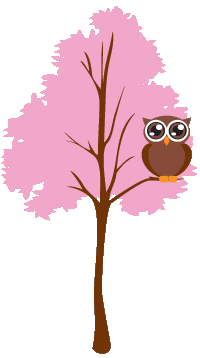CSS Layout - The z-index Property
The z-index property specifies the stack order of an element.
The z-index Property
When elements are positioned, they can overlap other elements.
The z-index property specifies the stack order of an element (which element should be placed in front of, or behind, the others).
An element can have a positive or negative stack order:
This is a heading

Because the image has a z-index of -1, it will be placed behind the text.
Note: z-index only works on positioned elements (position: absolute, position: relative, position: fixed, or position: sticky) and flex items (elements that are direct children of display: flex elements).
Another z-index Example
Example
Here we see that an element with greater stack order is always above an element with a lower stack order:
<html>
<head>
<style>
.container {
position: relative;
}
.black-box {
position: relative;
z-index: 1;
border: 2px solid black;
height: 100px;
margin: 30px;
}
.gray-box {
position: absolute;
z-index: 3;
background: lightgray;
height: 60px;
width: 70%;
left: 50px;
top: 50px;
}
.green-box {
position: absolute;
z-index: 2;
background: lightgreen;
width: 35%;
left: 270px;
top: -15px;
height: 100px;
}
</style>
</head>
<body>
<div class="container">
<div class="black-box">Black box</div>
<div class="gray-box">Gray box</div>
<div class="green-box">Green box</div>
</div>
</body>
</html>
Try it Yourself »
Without z-index
If two positioned elements overlap each other without a z-index specified, the element defined last in the HTML code will be shown on top.
Example
Same example as above, but here with no z-index specified:
<html>
<head>
<style>
.container {
position: relative;
}
.black-box {
position: relative;
border: 2px solid black;
height: 100px;
margin: 30px;
}
.gray-box {
position: absolute;
background: lightgray;
height: 60px;
width: 70%;
left: 50px;
top: 50px;
}
.green-box {
position: absolute;
background: lightgreen;
width: 35%;
left: 270px;
top: -15px;
height: 100px;
}
</style>
</head>
<body>
<div class="container">
<div class="black-box">Black box</div>
<div class="gray-box">Gray box</div>
<div class="green-box">Green box</div>
</div>
</body>
</html>
Try it Yourself »
CSS Property
| Property | Description |
|---|---|
| z-index | Sets the stack order of an element |

